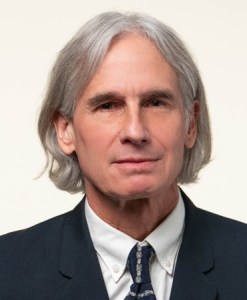It is conventional wisdom that the reduced form Phillips curve has become flatter in recent decades. Accordingly, we show that the statistical relationship between changes in U.S. inflation and economic activity, commonly known as the accelerationist Phillips curve, has become flatter. But in contrast, the statistical relationship between the level of inflation and economic activity, which we refer to as the “original” Phillips curve, has become steeper. By allowing for changes in the degree of anchoring of agents’ inflation forecasts, we recover a stable structural slope parameter in an estimated version of the New Keynesian Phillips curve (NKPC) from 1960 to 2019. Using a New Keynesian model with imperfect information, we show that imperfectly anchored inflation expectations, coupled with an inflation-targeting central bank, induce an upward bias in the slope of the accelerationist Phillips curve slope but a downward bias in the slope of the original Phillips curve relative to the true structural slope of the NKPC. Improved anchoring shrinks both biases, accounting for the observed changes in the slopes of the reduced form Phillips curve relationships.
Suggested citation:
Jørgensen, Peter Lihn, Kevin J. Lansing. 2024. “Anchored Inflation Expectations and the Slope of the Phillips Curve.” Federal Reserve Bank of San Francisco Working Paper 2019-27. https://doi.org/10.24148/wp2019-27
